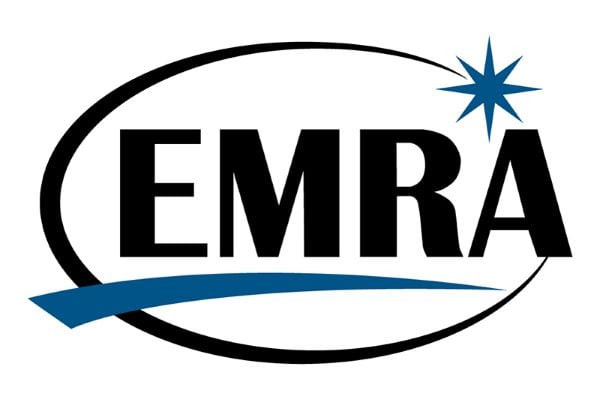Dismantling the Affordable Care Act: What Does That Mean, Anyway?
Ryan Koski-Vacirca, MSIV, Wake Forest School of Medicine
EMRA MSC Legislative Coordinator 2019-20
Maybe you, like me, have read headlines for the last three years about how President Trump and the Republican Party first promised to repeal, and then later to “dismantle” the Affordable Care Act (ACA), colloquially known as “Obamacare.” What, I wondered, did the Trump administration and other Republicans mean by “dismantling” the ACA? As it turns out, the administration has employed a few different strategies to weaken this legislation. How, then, have low- and middle-income Americans still ended up paying similar prices for their insurance plans? The answer involves a move by the Trump administration to cancel a class of subsidy payments to insurance companies, with those companies successfully dodging the effects of this maneuver via a strategy called “silver loading.”
To briefly recap: in late 2017, via an executive order, President Trump canceled a type of ACA subsidy paid directly to insurance companies. Known as cost-sharing reductions, this funding had been used to help lower-income Americans afford insurance through the ACA by lowering out-of-pocket expenses such as deductibles and co-payments. In the wake of this move by Mr. Trump, many economists and politicians predicted that the price of ACA plans would skyrocket. Instead, insurers turned to another of the subsidies provided for by the ACA: discounts given to lower-income Americans directly, in the form of a percentage reduction in the headline cost of their chosen insurance plan.
The ACA divides insurance plans based on their cost and coverage into bronze, silver, gold, and platinum. But because of the way the ACA was written, Americans are given subsidies as a percentage of the price of the silver plan. What did insurers do? They increased the price of their silver plans while leaving the others untouched, thereby increasing the total amount of subsidies received. This did not increase premiums for the majority of individuals buying plans via the marketplace. In some cases, it decreased the price of insurance for those willing to navigate the complicated workaround.
In some ways, Mr. Trump’s executive order has not had the impact he intended. In fact, it is possible the order ultimately cost the American taxpayer more than it sought to save. It also spurred members of Mr. Trump’s own party to move forward with legislation to contradict that order. Accentuating this impact, a bipartisan Senate bill reintroduced $90 million in federal funding for advertising the Fall ACA open enrollment period next year. Last year, the Trump administration had scaled back funding from $100 million to $10 million, significantly reducing outreach. By cancelling the subsidies to insurance companies, the Trump administration may paradoxically have provided a mechanism for reintroducing funding for advertising the enrollment period.
Interestingly, in late 2017, the Congressional Budget Office (CBO) predicted that, by 2020, more Americans will be insured than would have been the case if the subsidies had continued. The CBO predicts that consumers will successfully navigate the marketplace. In a new development, however, January 2019 brought a Centers for Medicare & Medicaid Services “public comment” period on banning silver loading, among many other proposed policy changes. Meanwhile, the ACA itself faces a federal court challenge in the coming year and the 2020 election is sure to stir this conversation yet again. While we can’t know what’s next for the ACA, keep tuned in to this debate as your local and federal politicians bring this issue to the forefront in the coming year.





